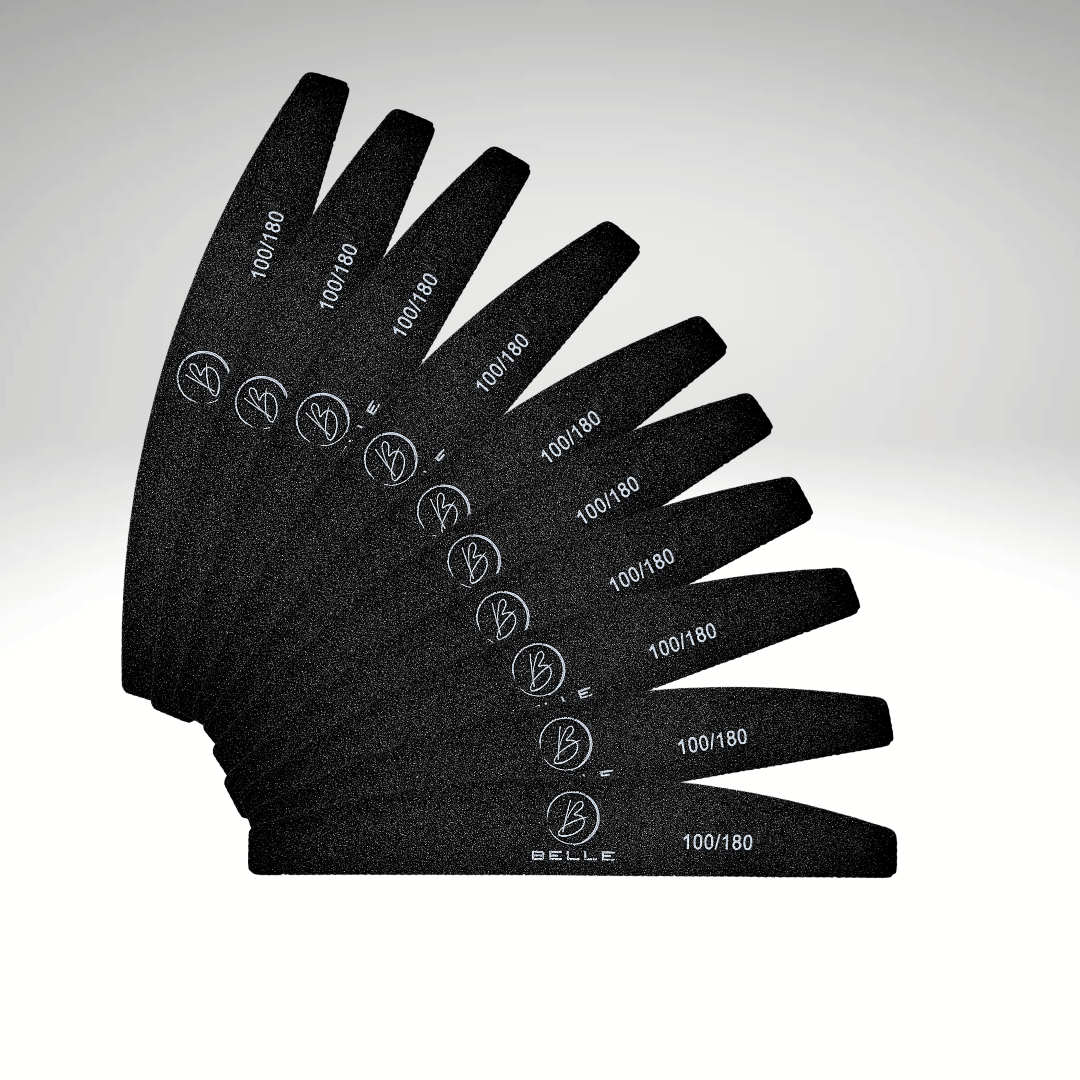How-To Guide: Removing Acrylic Nails with an E-File
Acrylic nails are a popular choice for those seeking a long-lasting, glamorous look. However, when it comes to removal, the process can be tricky.
Enter the electric nail file, a tool that can make the task of acrylic nail removal easier and more efficient. But how do you use it correctly?
In this guide, we'll walk you through the process of removing acrylic nails with an e-file. We'll cover everything from preparation to aftercare, ensuring you have all the knowledge you need.
Whether you're an aspiring nail technician or just looking to improve your skills, this guide is for you. Let's dive in.
Understanding Acrylic Nails and E-File Removal

Acrylic nails are a type of artificial nail enhancement. They're durable, versatile, and can be styled to the wearer's preference. But removing them requires care to avoid damaging the natural nail underneath.
An e-file, or electric file, is a device used in nail care. It's particularly useful for removing acrylic nails, as it can gently grind down the acrylic material without causing harm to the natural nail.
Understanding the structure of acrylic nails and the function of an electric file is crucial for safe and effective removal.
Preparing for Acrylic Nail Removal
Before starting the removal process, it's important to prepare both the nails and the work area. This ensures a smooth procedure and minimises the risk of accidents or damage to the nails.
The nails should be clean and free of any polish or decorations. The work area should be well-lit and organised, with all necessary tools and materials within easy reach.
Tools and Materials Needed
For acrylic nail removal with an electric nail file, you'll need a few specific tools and materials. These include the e-file itself, a selection of e-file bits, a dust collector, and a nail cleanser.
Here's a simple list of what you'll need:
- Electric Nail File
- E-file bits (coarse, medium, and fine grit)
- Dust collector
- Nail cleanser or acetone
- Clean towels or paper towels
- Cuticle oil (for aftercare)
Step-by-Step Guide to Removing Acrylic Nails with an E-File
Removing acrylic nails with an electric file requires precision and care. The process involves several steps, each crucial to ensuring a safe and effective removal.
Step 1: Nail Assessment and Preparation
Before starting, assess the condition of the nails. Look for any signs of infection or damage. If the nails are healthy, proceed with the removal.
Clean the nails with a nail cleanser or acetone. This removes any oils or residues that could interfere with the e-file.
Step 2: Choosing the Right E-File Bit
Choosing the right e-file bit is crucial. Coarse bits are best for removing the bulk of the acrylic, while medium and fine bits are used for refining and smoothing.
Ensure the bit is securely attached to the e-file before starting.
Step 3: E-File Technique and Safety
When using the electric nail file, hold it like a pencil for better control. Always keep the e-file moving to avoid generating too much heat in one spot.
Remember, safety first. Wear a dust mask and use a dust collector to minimise inhalation of acrylic dust.
Step 4: Acrylic Removal Process
Start with the coarse bit to remove the majority of the acrylic. Apply light pressure and work in one direction to avoid damaging the natural nail.
Switch to the medium bit to refine and smooth the surface. Finally, use the fine bit for the final smoothing and shaping.
Step 5: Aftercare and Nail Health
After removing the acrylic, cleanse the nails again. Apply cuticle oil to hydrate and nourish the nails and surrounding skin.
Troubleshooting Common E-File Issues

Sometimes, you may encounter issues with the electric nail file. For instance, it may stop working or become less effective.
In such cases, check the e-file bits. They may need cleaning or replacing. Also, ensure the e-file is not overheating. If it is, give it a break to cool down.
Maintaining Your E-File and Bits
Proper maintenance of your electric nail file and bits is crucial. It ensures they last longer and perform optimally.
Clean your bits after each use. Regularly check your e-file for any signs of wear and tear.
Conclusion and Additional Tips
Mastering the e-file technique for acrylic removal takes practice. Be patient and keep refining your skills.
Remember, client comfort and nail health should always be your top priority. Happy filing!









